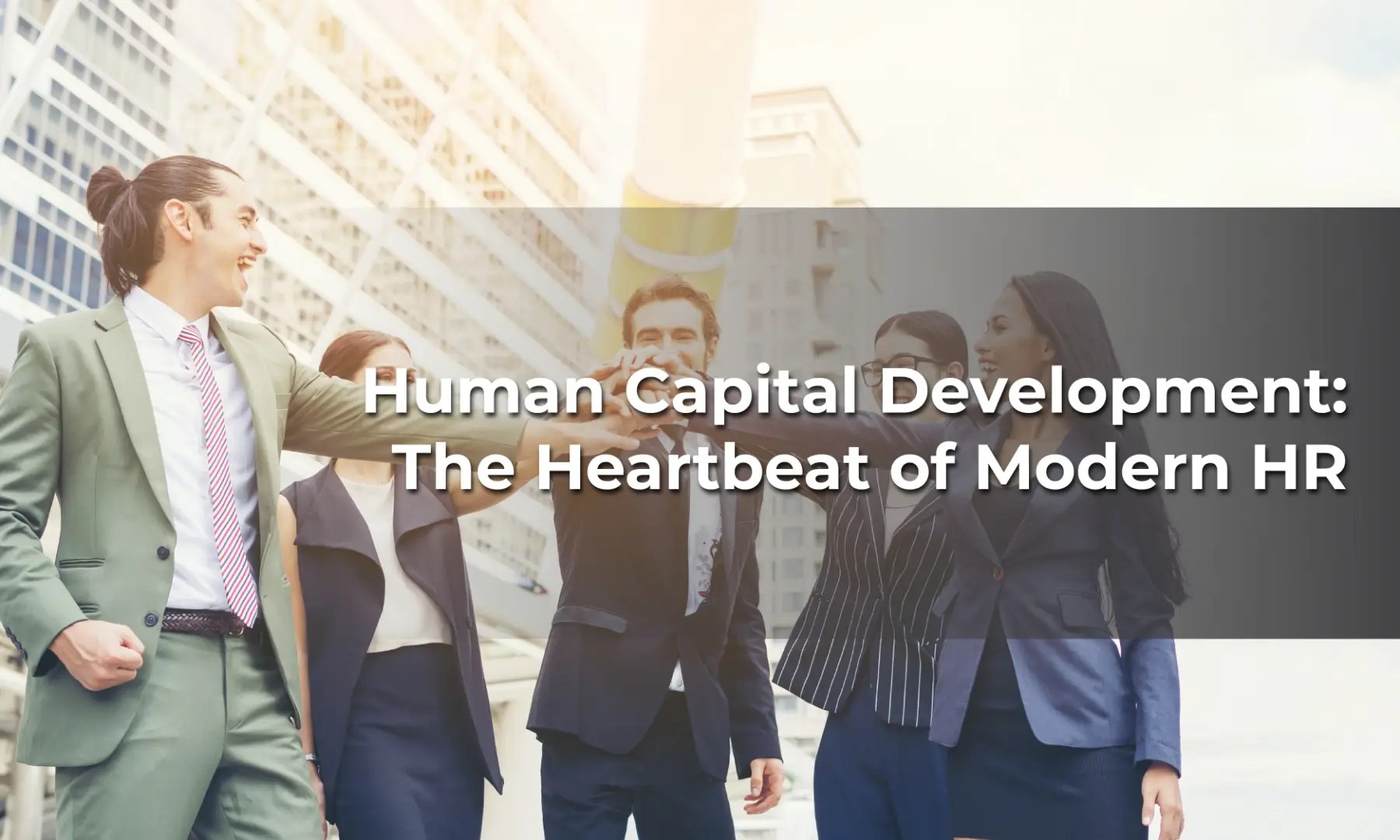In today’s rapidly evolving business landscape, the success of an organization hinges on one crucial factor—its people. Human capital, the collective skills, knowledge, and experience of an organization’s workforce, is the driving force behind innovation, productivity, and growth. Human Resource (HR) professionals are increasingly shifting their focus from traditional personnel management to human capital development, recognizing that investing in employees is not just a benefit but a necessity for long-term success.
Why Human Capital Development Matters
In a world where technology and automation are transforming industries, human capital development has become the differentiator between companies that thrive and those that merely survive. Here’s why:
- Building a Skilled Workforce:
As industries evolve, so do the skills required to succeed. Continuous learning and development are essential to ensure that employees’ skills remain relevant. Organizations that invest in upskilling and reskilling their workforce are better equipped to adapt to changing market demands and technological advancements. - Employee Engagement and Retention:
Investing in human capital development fosters a culture of growth and continuous improvement. When employees see that their organization is committed to their professional development, they are more engaged, motivated, and loyal. This leads to higher retention rates, reducing the costs associated with turnover and recruitment. - Driving Innovation:
A well-developed workforce is not only skilled but also empowered to think creatively and contribute innovative ideas. By encouraging continuous learning and providing opportunities for employees to expand their knowledge, organizations can tap into a wealth of creativity and innovation that drives business growth. - Enhancing Organizational Agility:
In today’s fast-paced business environment, agility is key. Organizations need to be able to pivot quickly in response to market changes, new technologies, and emerging opportunities. A workforce that is continuously learning and developing is more adaptable and better equipped to embrace change, making the organization more agile and resilient. - Attracting Top Talent:
In a competitive job market, top talent is drawn to organizations that prioritize employee development. By positioning human capital development as a core component of your HR strategy, you can attract high-caliber candidates who are looking for more than just a job—they’re looking for a place to grow and thrive.
Strategies for Effective Human Capital Development
Implementing a successful human capital development strategy requires a holistic approach that aligns with your organization’s goals and culture. Here are some key strategies to consider:
- Personalized Learning Paths:
One-size-fits-all training programs are a thing of the past. Today’s employees expect personalized learning experiences that cater to their individual needs, career goals, and learning styles. Utilize technology to create customized learning paths that offer a mix of on-the-job training, online courses, mentoring, and peer learning. - Leadership Development Programs:
Developing future leaders is crucial for sustaining long-term success. Implement leadership development programs that identify high-potential employees and provide them with the skills, knowledge, and experiences needed to take on leadership roles. - Continuous Feedback and Performance Management:
Traditional annual performance reviews are being replaced by continuous feedback and real-time performance management. This approach not only helps employees understand their strengths and areas for improvement but also aligns their personal development goals with the organization’s objectives. - Encouraging a Growth Mindset:
Cultivate a culture that encourages employees to embrace challenges, learn from failures, and continuously seek opportunities for growth. A growth mindset fosters resilience, creativity, and a proactive approach to learning and development. - Leveraging Technology:
The digital age offers a plethora of tools and platforms that can enhance human capital development. From AI-driven learning platforms to virtual reality simulations, technology can provide engaging and effective learning experiences that meet the diverse needs of your workforce.
The Future of Human Capital Development
As we move further into the 21st century, the importance of human capital development will only continue to grow. Organizations that prioritize their people and invest in their development will be better positioned to navigate the complexities of the modern business world.
HR professionals play a pivotal role in shaping this future. By focusing on developing a skilled, engaged, and innovative workforce, HR can drive organizational success and create a culture where both the business and its people can thrive.


